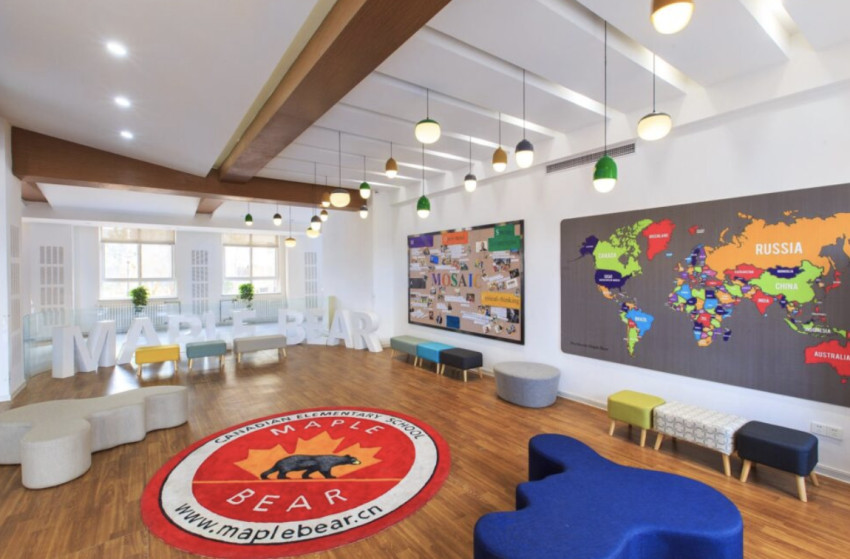
In an increasingly interconnected world, the demand for high-quality international education has never been greater. As students and parents seek educational experiences that transcend borders and equip learners with the skills to thrive in a global society, educational institutions around the world are striving to deliver the highest standard of education. In this blog post, we will explore the significance of quality in international education, its key characteristics, and why it matters for students, educators, and society at large.
- Holistic Development:
At the core of the highest quality in international education lies a commitment to holistic development. It goes beyond imparting knowledge and focuses on nurturing well-rounded individuals. A quality education seeks to cultivate intellectual, emotional, social, and physical growth, preparing students to excel academically while developing essential life skills such as critical thinking, problem-solving, communication, and collaboration.
- Experienced and Inspirational Educators:
The quality of education is profoundly influenced by the caliber of educators. Exceptional international schools prioritize hiring experienced, qualified, and passionate teachers who possess not only subject matter expertise but also a deep understanding of diverse cultural backgrounds and teaching methodologies. These educators serve as mentors and role models, inspiring students to reach their full potential and fostering a love for lifelong learning.
- Rigorous Academic Programs:
High-quality international education places a strong emphasis on rigorous academic programs that adhere to recognized standards and benchmarks. These programs provide a robust foundation across various disciplines and promote intellectual curiosity, research skills, and a strong work ethic. Accreditation by recognized educational bodies further validates the quality and credibility of these academic programs.
- Multicultural and Inclusive Environment:
The highest quality in international education embraces diversity and fosters an inclusive environment that celebrates different cultures, languages, and perspectives. It encourages intercultural understanding, respect, and empathy, enabling students to become global citizens who appreciate and navigate the complexities of our interconnected world. A multicultural environment prepares students to thrive in diverse settings and promotes a broader worldview.
- State-of-the-Art Facilities and Resources:
Quality international schools prioritize investing in state-of-the-art facilities, technology, and resources to create an optimal learning environment. Well-equipped classrooms, libraries, laboratories, sports facilities, and arts spaces provide students with the tools and opportunities to explore their interests, unleash their creativity, and engage in hands-on learning experiences.
- Continuous Improvement and Evaluation:
A commitment to quality in international education necessitates ongoing evaluation and improvement. High-quality schools engage in regular self-assessment, seek external feedback, and implement strategies to enhance teaching and learning. They foster a culture of continuous professional development for educators, staying abreast of the latest research, pedagogical approaches, and best practices to ensure the delivery of the highest quality education.
The pursuit of the highest quality in international education business is crucial for preparing students to navigate the complexities of a rapidly changing world. A holistic approach to development, experienced educators, rigorous academic programs, a multicultural environment, state-of-the-art facilities, and a commitment to continuous improvement are key elements that define the highest quality education. By providing a solid educational foundation and empowering students to become lifelong learners and global citizens, high-quality international education plays a pivotal role in shaping a brighter future for individuals and society as a whole.


